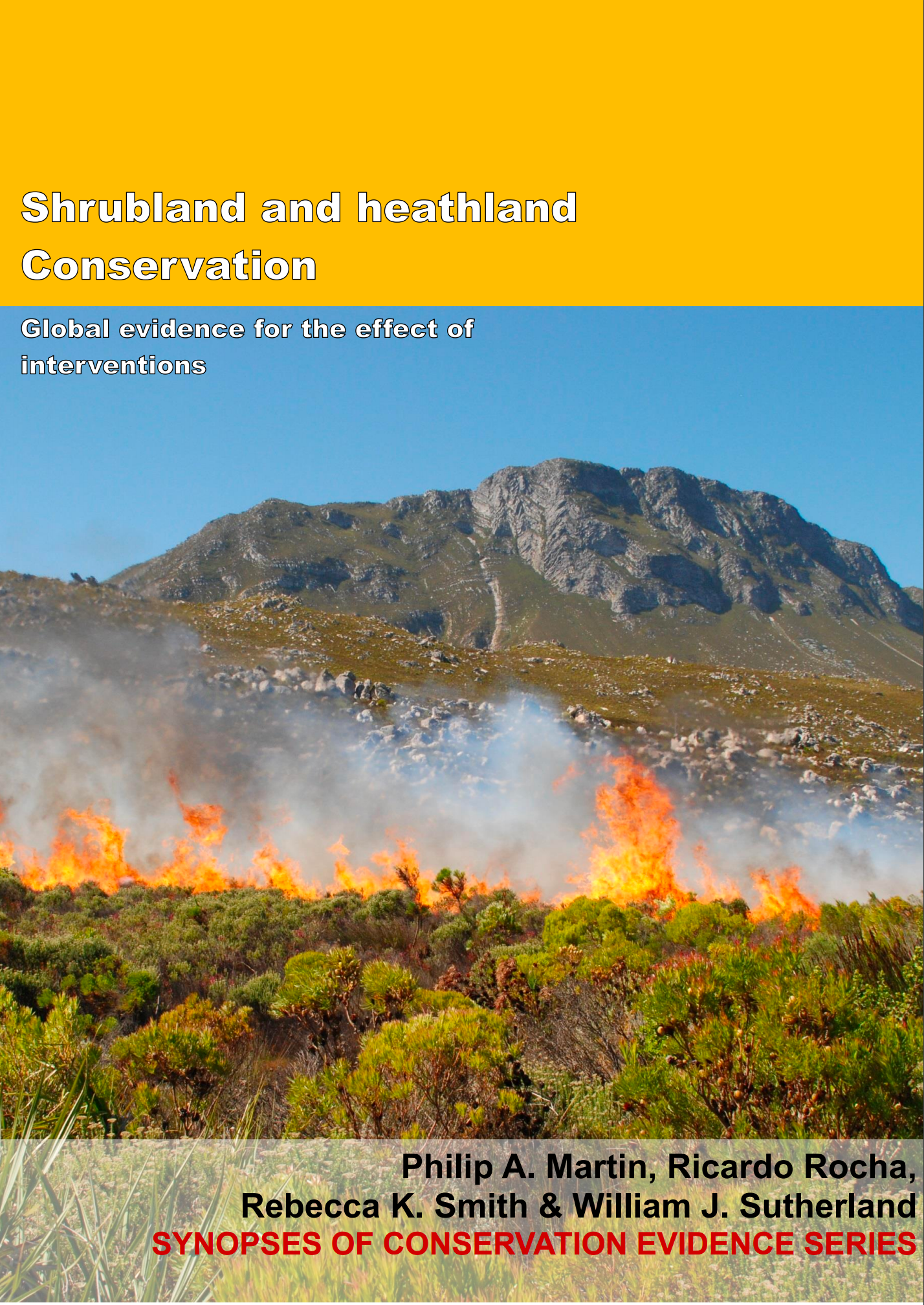Plant shrubs in clusters
-
Overall effectiveness category Unknown effectiveness (limited evidence)
-
Number of studies: 1
View assessment score
Hide assessment score
How is the evidence assessed?
-
Effectiveness
0% -
Certainty
15% -
Harms
1%
Study locations
Supporting evidence from individual studies
A randomized, controlled study in 2000–2001 in a formerly mined karoo shrubland in Cape Province, South Africa (Blignaut & Milton 2005) found that planting shrub species in clumps led to an increase in their mortality. After one year the percentage of shrubs planted in clumps that died (39%) was higher than the percentage of shrubs planted on their own that died (25%). In 2000 adult shrubs of three species (Aridaria noctiflora, Drosanthemum deciduum, and Psilocaulon dinteri) were removed from a shrubland and translocated to a formerly mined area. Ninety-six clumps each consisting of three shrubs of different species were planted with one clump per 25 m2 plot, while 288 shrubs of the three species used were planted alone in each plot. Survival of plants was recorded in 2001.
Study and other actions tested
Where has this evidence come from?
List of journals searched by synopsis
All the journals searched for all synopses
This Action forms part of the Action Synopsis:
Shrubland and Heathland Conservation
Shrubland and Heathland Conservation - Published 2017
Shrubland and Heathland synopsis





)_2023.JPG)














